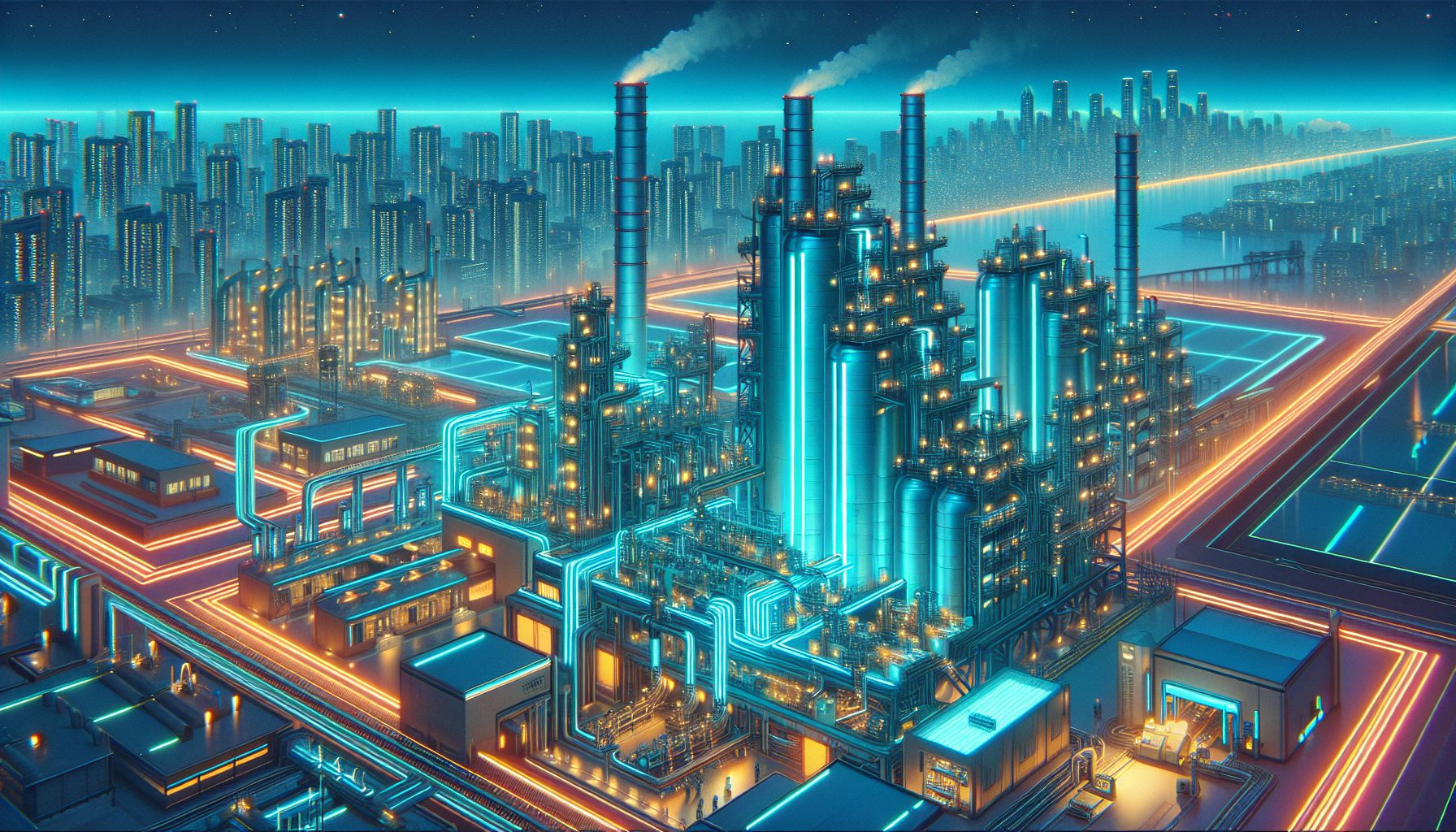Singapore's Leap into Blue Hydrogen: A Cleaner Future with Natural Gas

Singapore, Tuesday, 28 October 2025.
Singapore is pioneering blue hydrogen via methane steam reforming, reducing emissions effectively. This move supports its sustainability goals, potentially powering 50% of electricity by 2050.
The Blue Hydrogen Initiative
Singapore is making remarkable strides in blue hydrogen production, specifically through methane steam reforming (SMR). This method, though traditional, is now being enhanced with innovations that significantly reduce carbon emissions. It’s a key component of Singapore’s National Hydrogen Strategy, which aims to supply up to 50% of the country’s electricity needs through low-carbon hydrogen by 2050 [1].
Environmental Comparisons and Benefits
Interestingly, a recent study highlighted the environmental impacts of different hydrogen production processes. It found that while traditional SMR has a global warming potential (GWP) of 6.18 kg CO2 equivalent per kilogram of hydrogen, the alternative methane membrane pyrolysis system boasts a much lower GWP of 2.22 kg CO2 equivalent. This underscores the environmental benefits of evolving technologies [1].
Singapore’s Strategic Energy Vision
With these advancements, Singapore reinforces its commitment to sustainable energy solutions. The nation is not just focusing on producing hydrogen efficiently but is also planning to establish a robust hydrogen economy, enhancing its global standing in the green energy sector. This aligns with its broader strategy of creating a low-carbon future, a vision that’s crucial given the global focus on reducing carbon footprints [1].
Collaborations and Future Prospects
Collaborations are playing a pivotal role in this journey. Singapore has recently inked an agreement with China to establish a Green and Digital Shipping Corridor, aiming for low-carbon shipping solutions. Such partnerships are crucial for integrating green technologies across borders and industries, potentially setting benchmarks for global energy transitions [2].